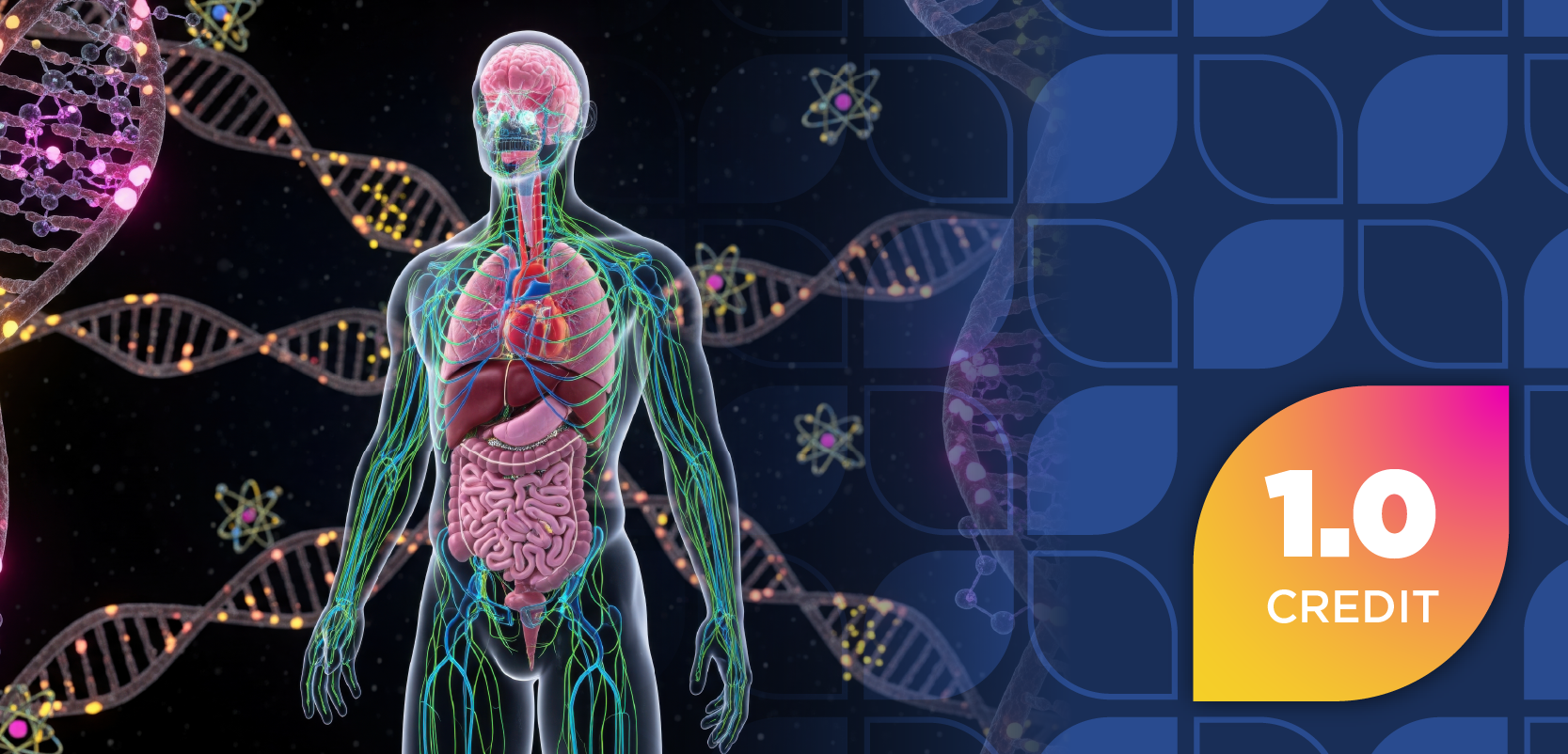
Navigating Migraine Management and the Role of Symbravo in Acute Treatment
Key Takeaways
- Migraines progress through prodrome, aura, attack, and postdrome stages, each with distinct symptoms affecting quality of life.
- Acute migraine treatments include triptans, NSAIDs, and CGRP agents, but overuse can lead to rebound headaches.
Discover the stages of migraines and explore innovative treatments like Symbravo, designed to alleviate pain and improve quality of life.
Migraines are headaches that cause intense throbbing pain or a pulsing feeling on one side of the head, although they can occur on both sides. The pain can lead to nausea, vomiting, and extreme sensitivity to light, sound and sometimes smells and touch. For some individuals, migraine attacks can persist for hours to days, and the pain can impact quality of life and daily activities.1
Migraine causes are not fully known, but genetics, environmental factors, and changes in the brainstem and trigeminal nerve likely contribute, along with imbalances in brain chemicals such as serotonin and calcitonin gene-related peptide (CGRP) that influence pain signaling.1
How Can You Recognize the Different Stages of a Migraine?
A migraine can advance through 4 stages, including prodrome, aura, attack, and postdrome, which all produce different symptoms; however, not all individuals who have a migraine progress through each stage.1
Prodrome
In the beginning stages of a migraine, individuals could notice subtle changes 1 to 2 days before, known as prodrome, that warn of an upcoming migraine. This includes constipation; mood changes, from depression to elation; food cravings; neck stiffness; increased urination; fluid retention; and frequent yawning.1
Aura
An aura is a temporary, reversible nervous system symptom that can appear before or during a migraine, most often affecting vision. Its effects typically develop gradually over several minutes and last up to an hour. Migraine auras cause visual changes, like seeing shapes, bright spots, or flashes of light; vision loss; feeling of pins and needles in arms or legs; weakness or numbness in the face or one side of the body; and trouble speaking.1
Attack
The attack stage could persist for 4 to 72 hours, leading to the common migraine pain on one or both sides of the head. The occurrence depends on the individual, as they could attack rarely or several times a month.1
Postdrome
After experiencing a migraine, some individuals could feel drained, confused, and worn out for up to a day and sudden movements might bring on a brief feeling of pain again.1
How Can Migraine Attacks Be Treated Effectively?
If left untreated, migraine attacks may last longer, highlighting the importance of acute migraine treatments that stop or reduce pain during an attack. Available acute therapies include fast- and slow-acting oral triptans as well as non-oral formulations. Other options include various nonsteroidal anti-inflammatory drugs (NSAIDs) and faster- or slower-onset acute CGRP agents such as ubrogepant (Ubrelvy; AbbVie) and rimegepant (Nurtec; Pfizer), the ditan lasmiditan, and antiemetics such as metoclopramide, prochlorperazine, promethazine, and ondansetron.2
“A significant proportion of migraine patients experience inadequate efficacy with currently available acute treatments, leading to even greater suffering and an increased risk of worsening of migraine pain and attack frequency,” Richard B. Lipton, MD, professor of neurology and director of the Montefiore Headache Center at the Albert Einstein College of Medicine, said in a news release.3
Medication limits are essential to prevent acute medication overuse. Overuse headaches can occur when painkillers are taken too often, such as NSAIDs on more than 14 days per month or triptans on more than 9 days per month. The highest risk is associated with combination products containing aspirin, acetaminophen, and caffeine. This can create a cycle in which medications no longer relieve pain and instead trigger additional headaches, leading to further overuse.2
“You have many patients who may or may not be diagnosed with migraine. Some are self-treating with over-the-counter medications, which can lead to medication overuse headache. You have patients who are not doing well on their current triptan—either due to tolerability or duration—and patients who use NSAIDs, ubrogepant, or ditans. Not everyone responds to every treatment for every headache,” Shivang Joshi, MD, MPH, PRh, FAHS, director of Headache Medicine and Clinical Research at Community Neuroscience Services and assistant professor of neurology at UMass Chan Medical School, said in an interview with Pharmacy Times®.
Symbravo as an Emerging Therapy for Acute Migraine
Symbravo, an oral prescription medicine that combines meloxicam and rizatriptan, offers further therapy options to treat acute migraine attacks with or without aura in adults.4
Meloxicam is an NSAID that may relieve pain by blocking substances that cause inflammation, while rizatriptan is a triptan used for migraines that works by narrowing widened blood vessels in the brain and calming overactive nerve signals that contribute to migraine symptoms.3,4
“What’s unique about Symbravo is its MoSEIC (Molecular Solubility Enhanced Inclusion Complex) technology. This uses a cyclodextrin carrier molecule with a hydrophilic outer surface and lipophilic cavity to improve solubility of meloxicam,” Joshi said. “Normally, a significant portion of meloxicam is not absorbed; even though meloxicam has a long half-life, you can’t benefit from it if it’s not absorbed.”
The combination treatment received FDA approval in January 2025 and has been shown to reduce migraine pain and help patients return to normal functioning with efficacy through 24 to 48 hours after a single dose for some patients.3
“There are patients who do not experience these benefits whether they’re taking a triptan alone, an NSAID, or another class of medication. So, you have to think about unmet needs and individualized therapy. In that scenario, I do see a role for this combination for patients who are not getting what they need from current therapy.”
What Are the Indications and FDA Approval Details for Symbravo?
Symbravo is available as a single fixed-dose tablet containing 10 mg of rizatriptan and 20 mg of meloxicam. It should be avoided in anyone who has a contraindication to either triptans or NSAIDs, such as uncontrolled high blood pressure, coronary artery disease, a prior gastrointestinal ulcer, or significant cardiovascular conditions. Joshi noted that patients should be informed of the boxed warning associated with both medication classes.3,4
“Counseling is very important. This is a once-a-day medication, and it's ideal to take it at the onset of a migraine. You want to limit use to no more than 2 or 3 days per week because taking too much of any acute therapy can lead to rebound headache. And there are differences between triptans and NSAIDs regarding the amount needed to trigger rebound,” Joshi said.
The approval of Symbravo was supported by 3 phase 3 trials: MOMENTUM, INTERCEPT, and MOVEMENT. In MOMENTUM, the combination outperformed placebo and each component alone by achieving higher rates of pain freedom, faster pain relief, and more sustained benefit. In INTERCEPT, it was also superior to placebo when taken early for mild pain, reducing symptom progression and the need for rescue medication. The long-term MOVEMENT study showed consistent efficacy across repeated use and demonstrated acceptable safety over 12 months.3
These findings highlight the importance of selecting the right patients for Symbravo and ensuring they understand how to use it effectively in real-world settings.
“If patients are not getting benefit, you also need to revisit the diagnosis: is this a migraine, is it something else, or is there a rebound component? I know pharmacists are busy, but within a short encounter, it’s important to explain how to use it and what to watch for,” Joshi said.
Guidance for Pharmacists in Migraine Management
Pharmacists should be aware of trusted resources like the American Migraine Foundation and the Association of Migraine Disorders, and ongoing collaboration is encouraged, with pharmacists welcomed to ask questions and engage in educational efforts.
“Pharmacists are among the most trusted health care professionals, and patients come to you for advice. When you see patients coming in for early refills or using large quantities of over-the-counter analgesics, think about medication overuse headache and unmet needs,” Joshi added.
In community settings, pharmacists often have the first opportunity to identify patterns in medication use and help guide patients toward safer, more effective migraine management. With new options like Symbravo, pharmacists can also help patients understand when this combination therapy may be appropriate, how to use it correctly, and when to seek further evaluation.
“There are multiple options available for patients, and this is one of the newest. Migraine management is multi-mechanistic—acute treatment, prevention, dietary triggers, and lifestyle modification. Pharmacists are well positioned to direct patients to a headache specialist when needed,” Joshi said.
REFERENCES
1. Mayo Clinic Staff. Migraine. News release. Mayo Clinic. July 8, 2025. Accessed November 21, 2025. https://www.mayoclinic.org/diseases-conditions/migraine-headache/symptoms-causes/syc-20360201
2. Xanders L, Moriaty M. How Do I Choose Acute TreatmentMedication Options for Migraine Patients? May 2020. Accessed November 21, 2025. chrome-extension://efaidnbmnnnibpcajpcglclefindmkaj/https://d1fakw34cbtrm5.cloudfront.net/PDFs/Headache-Topics/AHS-First-Contact-Choosing-Acute-Treatment.pdf
3. Gallagher A. FDA Approves Symbravo for Acute Treatment of Migraine With or Without Aura. Pharmacy Times. January 30, 2025. Accessed November 21, 2025. https://www.pharmacytimes.com/view/fda-approves-symbravo-for-acute-treatment-of-migraine-with-or-without-aura
4. Symbravo. SYMBRAVO is thought to work differently. Accessed November 21, 2025. https://www.symbravo.com/about-symbravo/how-symbravo-works/
Newsletter
Stay informed on drug updates, treatment guidelines, and pharmacy practice trends—subscribe to Pharmacy Times for weekly clinical insights.


























































































































































































































